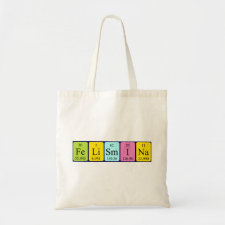
Authors: Santos ART, Moreira FTC, Helguero LA, Sales MGF
Article Title: Antibody Biomimetic Material Made of Pyrrole for CA 15-3 and Its Application as Sensing Material in Ion-Selective Electrodes for Potentiometric Detection.
Publication date: 2018
Journal: Biosensors
Volume: 8
Issue: (1)
Page numbers: ArticleNo8.
DOI: 10.3390/bios8010008
Alternative URL: http://www.mdpi.com/2079-6374/8/1/8
Abstract: This work reports a very simple approach for creating a synthetic antibody against any protein of interest and its application in potentiometric transduction. The selected protein was Breast Cancer Antigen (CA 15-3), which is implicated in breast cancer disease and used to follow-up breast cancer patients during treatment. The new material with antibody-like properties was obtained by molecular-imprinting technology, prepared by electropolymerizing pyrrol (Py, 5.0 x 10-3 mol/L) around Breast Cancer Antigen (CA 15-3) (100 U/mL) on a fluorine doped tin oxide (FTO) conductive glass support. Cyclic voltammetry was employed for this purpose. All solutions were prepared in 4-(2-Hydroxyethyl)-1-piperazineethanesulfonic acid (HEPES) buffer, of pH 6.5. The biomarker was removed from the imprinted sites by chemical action of ethanol. The biomimetic material was then included in poly vinyl chloride (PVC) plasticized membranes to act as potentiometric ionophore, having or not a lipophilic ionic additive added. The corresponding selective electrodes were evaluated by calibration curves (in buffer and in synthetic serum) and by selectivity testing. The best analytical performance was obtained by selective electrodes including the plastic antibody and no lipophilic additive. The average limits of detection were 1.07 U/mL of CA 15-3, with a linear response from 1.44 to 13.2 U/mL and a cationic slope of 44.5 mV/decade. Overall, the lipophilic additives yielded no advantage to the overall potentiometric performance. The application of the MIP-based electrodes to the analysis of spiked synthetic serum showed precise and accurate results
Template and target information: protein, Breast Cancer Antigen, CA 15-3
Author keywords: plastic antibody, Molecularly-imprinted polymers, Breast Cancer Antigen, CA 15-3, Potentiometry



Join the Society for Molecular Imprinting

New items RSS feed
Sign-up for e-mail updates:
Choose between receiving an occasional newsletter or more frequent e-mail alerts.
Click here to go to the sign-up page.
Is your name elemental or peptidic? Enter your name and find out by clicking either of the buttons below!
Other products you may like:
 MIPdatabase
MIPdatabase









